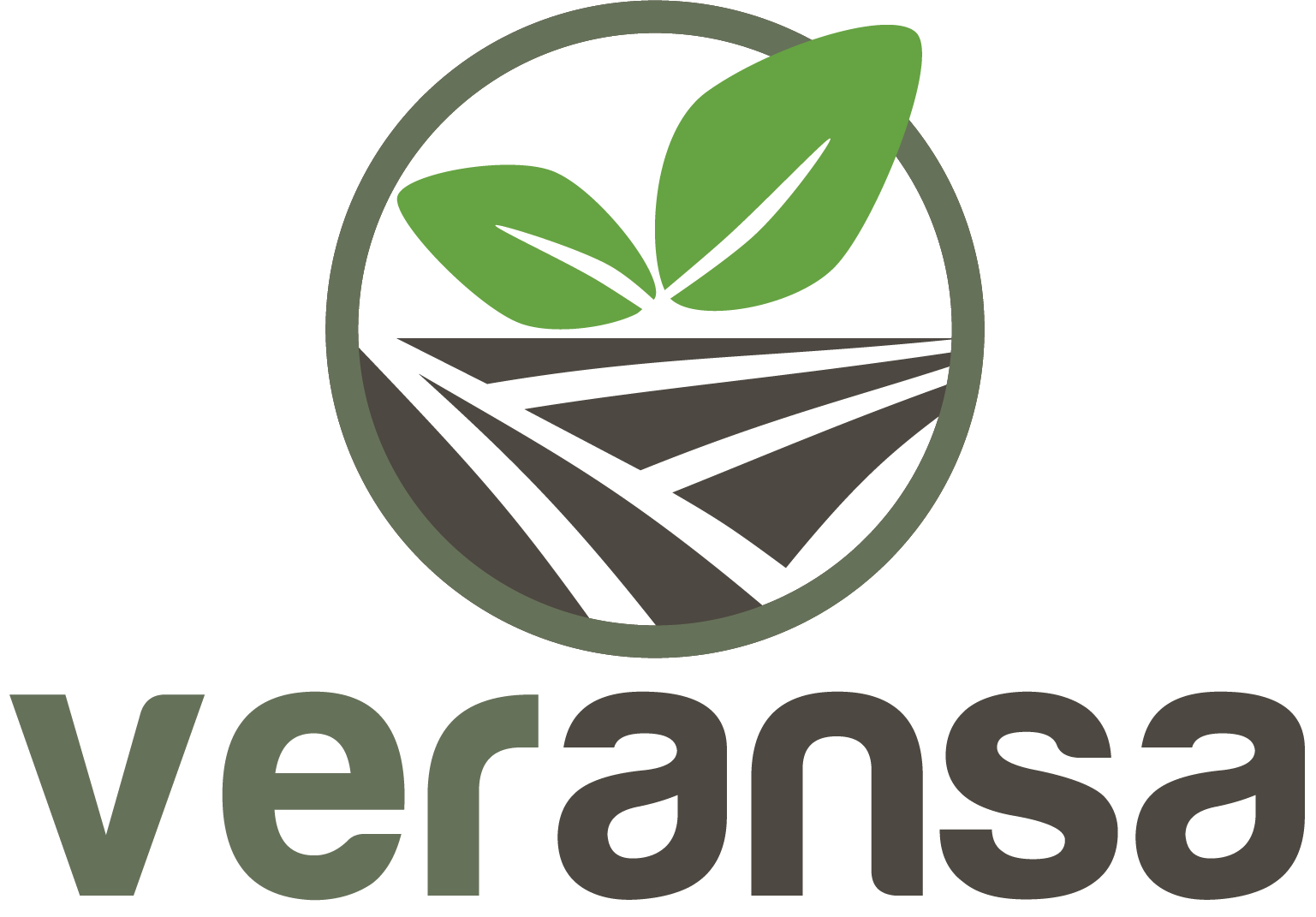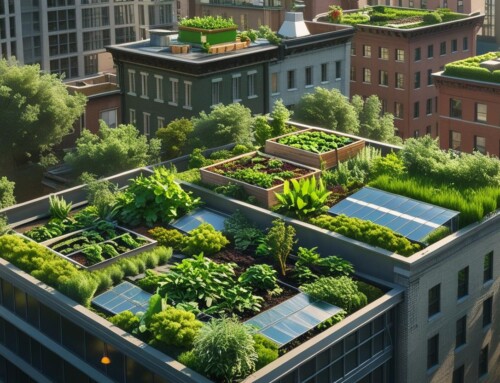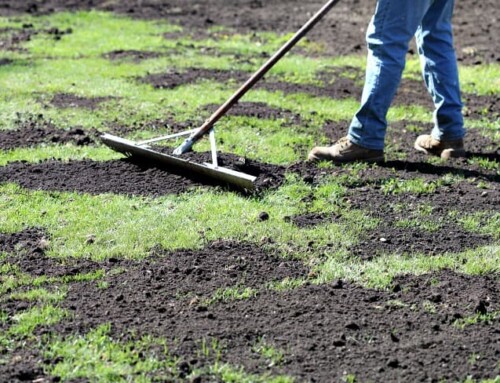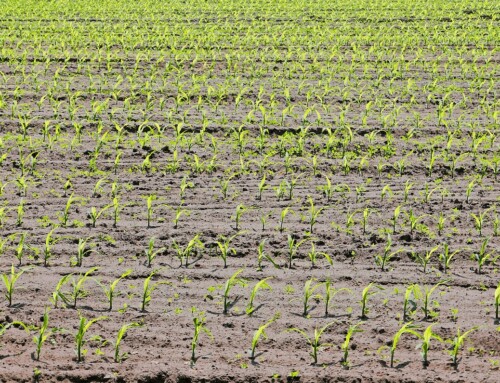Soil is one of Earth’s most vital and undervalued resources. It feeds our crops, filters our water, and stores carbon. Yet, due to decades of over-farming, erosion, chemical inputs, and land mismanagement, much of our soil is degraded and depleted. The good news? With the right tools and techniques—particularly the use of high-quality compost—we can regenerate these soils and restore their productivity for future generations.
At the heart of sustainable farming is the science of soil regeneration, and compost plays a starring role.
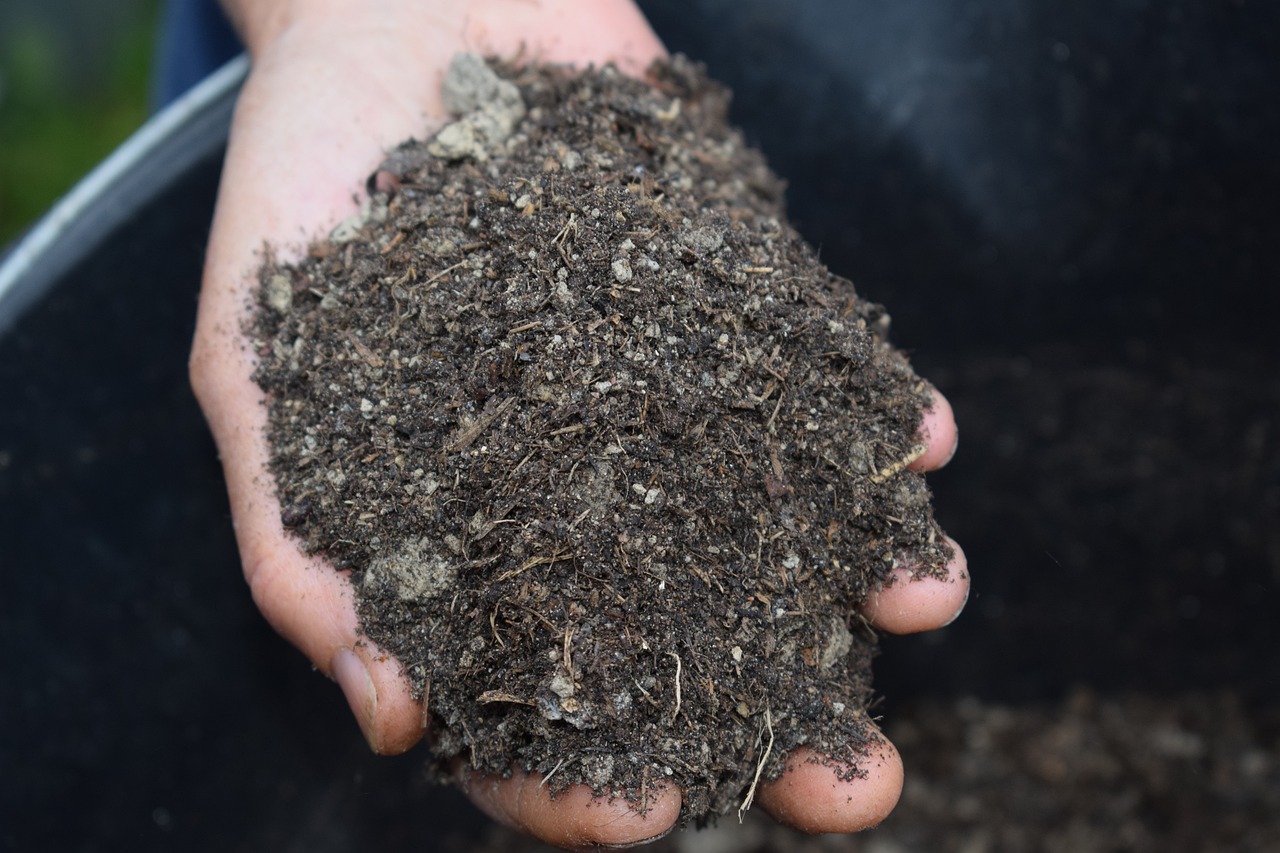
Understanding Soil Degradation
Before diving into compost’s regenerative powers, it’s important to understand what degraded soil looks like. Common issues include:
- Loss of organic matter
- Compacted structure
- Low microbial activity
- Poor water retention
- Nutrient imbalance
These conditions result in lower crop yields, increased input costs, and long-term damage to ecosystems. Regenerative agriculture aims to reverse this decline by rebuilding soil health, and compost is one of the most effective tools available to achieve this.
Compost as a Catalyst for Soil Regeneration
Compost is more than decayed organic matter—it’s a living soil amendment that supports biology, structure, and function. When high-quality compost like Veransa Prime is added to degraded soils, it initiates a transformative process that:
- Reintroduces organic matter essential for healthy soil structure
- Feeds beneficial microbes that support nutrient cycling
- Improves moisture retention, reducing irrigation needs
- Stabilizes soil aggregates, reducing erosion
- Enhances root development and plant resilience
This isn’t just a temporary fix—it’s the beginning of long-term soil recovery.
Techniques for Using Compost in Soil Regeneration
- Top Dressing Spreading a layer of compost over pastures, fields, or turf areas improves nutrient availability and microbial life right at the surface. This technique is especially useful for restoring compacted or worn-out soils without disturbing existing root systems.
- Incorporation Tilling compost into the soil during planting or re-seeding helps mix nutrients and biology directly into the root zone. It improves tilth and jump-starts regeneration below the surface, perfect for fields in active recovery.
- Compost Mulching Using compost as a mulch around plants helps suppress weeds, moderate soil temperature, and maintain moisture while continually feeding the soil over time.
- Row Cropping or Bed Preparation Applying compost along rows or into beds boosts fertility for crops while improving long-term soil conditions. It’s an ideal method for regenerative vegetable farming or vineyard management.
- Blending with Soil Amendments Compost can be mixed with other natural soil enhancers like biochar, worm castings, or minerals to create custom blends tailored to specific regenerative goals.
Why Compost Quality Matters
Not all compost is created equal. Poorly processed compost can contain pathogens, weed seeds, or even harmful residues. To regenerate soil successfully, it’s critical to use clean, high-quality compost, free from biosolids or animal byproducts, and tested for nutrient balance and microbial activity.
Veransa Prime is produced with inspected green waste and pre-consumer food waste only, and every batch is tested under stringent U.S. Composting Council standards, ensuring reliability and performance.
Its carbon-rich, microbially active profile helps soils regenerate faster, naturally. It’s the type of compost that doesn’t need additives or gimmicks—just solid science and careful production.
The Bigger Picture: Sustainable Farming and Climate Resilience
Using compost for soil regeneration doesn’t just improve yields and plant health—it builds long-term farm resilience. Healthier soils are better able to withstand droughts, floods, and pests. They store more carbon and support more biodiversity.
In the face of climate change and growing food demands, regenerative practices like compost application offer hope for sustainable food production—restoring what’s been lost while preparing for the future.
Start Restoring Soil Today
Whether you manage a large farm, a small plot, or a landscaped property, regenerating soil with compost is one of the smartest and most sustainable choices you can make. It’s a science-backed, earth-friendly approach that delivers real results season after season.
Find solutions for restoring soil health at www.veransa.com.
